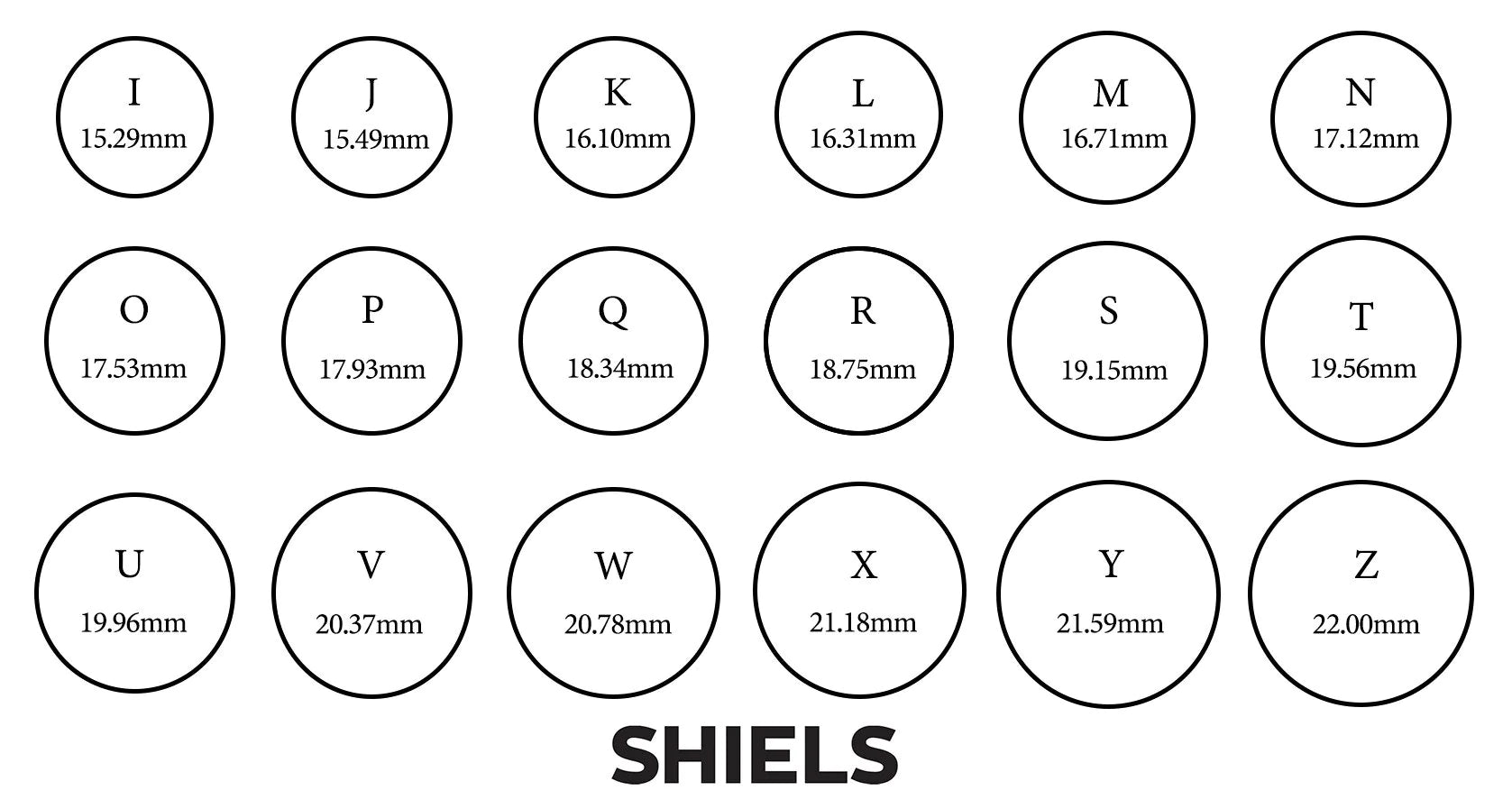Introduction
Have you ever received a stunning ring, only to find out it doesn’t fit? Fret not, as understanding ring sizes can save you from such disappointments. In this guide, we’ll delve into the world of ring size charts and unravel the mysteries of finding that perfect fit for your finger.
Importance of Knowing Ring Size
What is a ring size chart?
A ring size chart is a tool used to determine the appropriate size of a ring for your finger. It consists of a series of measurements corresponding to different ring sizes.
How to Measure Ring Size
Using a ring sizer
One of the most accurate ways to measure ring size is by using a ring sizer, a set of rings in various sizes that you can try on until you find the perfect fit.
Using a printable chart
Another method is to use a printable ring size chart. Simply place your ring over the circles until you find the one that matches its size.
Using a string or paper strip
You can also measure your ring size using a piece of string or paper strip. Wrap it around your finger, mark the point of overlap, and measure it against a ruler.
Ring Size Chart Conversion
Understanding different sizing systems
Ring sizes can vary depending on the region and the manufacturer. Understanding the different sizing systems, such as US, UK, and EU, is crucial for accurate measurements.
Converting between US, UK, EU sizes
Fortunately, many ring size charts provide conversion tables to help you translate between different sizing systems, ensuring you find the right fit no matter where you are.
Common Mistakes to Avoid
Guessing ring size
One of the most common mistakes is guessing your ring size. With so many factors affecting finger size, from temperature to time of day, guessing can lead to ill-fitting rings.
Ignoring temperature and swelling factors
Fingers tend to swell in warm weather or after physical activity, so it’s essential to measure your ring size when your fingers are at their average size to ensure a comfortable fit.
Tips for Accurate Measurement
Measure at the right time of day
Finger size can fluctuate throughout the day, so it’s best to measure your ring size in the late afternoon or evening when your fingers are at their largest.
Consider finger shape and width
The shape and width of your finger can affect how a ring fits. Take these factors into account when measuring your ring size for the most accurate results.
Finding the Right Fit
Snug but not tight
A properly fitting ring should slide onto your finger with a little resistance and sit snugly without being too tight. It should also be easy to remove without slipping off too easily.
Room for temperature changes
Keep in mind that your fingers may swell or shrink due to temperature changes, so it’s essential to choose a size that allows for some flexibility.
Using the Ring Size Chart
Understanding the chart
Most ring size charts display measurements in millimeters or inches, lab grown diamonds, corresponding to different ring sizes. Familiarize yourself with the chart before measuring your ring size.
Finding your size
Once you’ve measured your finger, compare the measurement to the chart to determine your ring size. If you’re between sizes, it’s usually best to size up for comfort.
Adjusting for Special Cases
Wide or narrow bands
Wide bands may fit tighter than narrow bands, so you may need to adjust your ring size accordingly to ensure a comfortable fit.
Engraved rings
Engraved rings may fit slightly tighter due to the added material, so consider sizing up if you plan to add an engraving to your ring.
Conclusion
Mastering the art of ring sizing is essential for anyone looking to purchase or receive a ring. By understanding how to use a ring size chart and avoiding common pitfalls, you can ensure a perfect fit every time.



